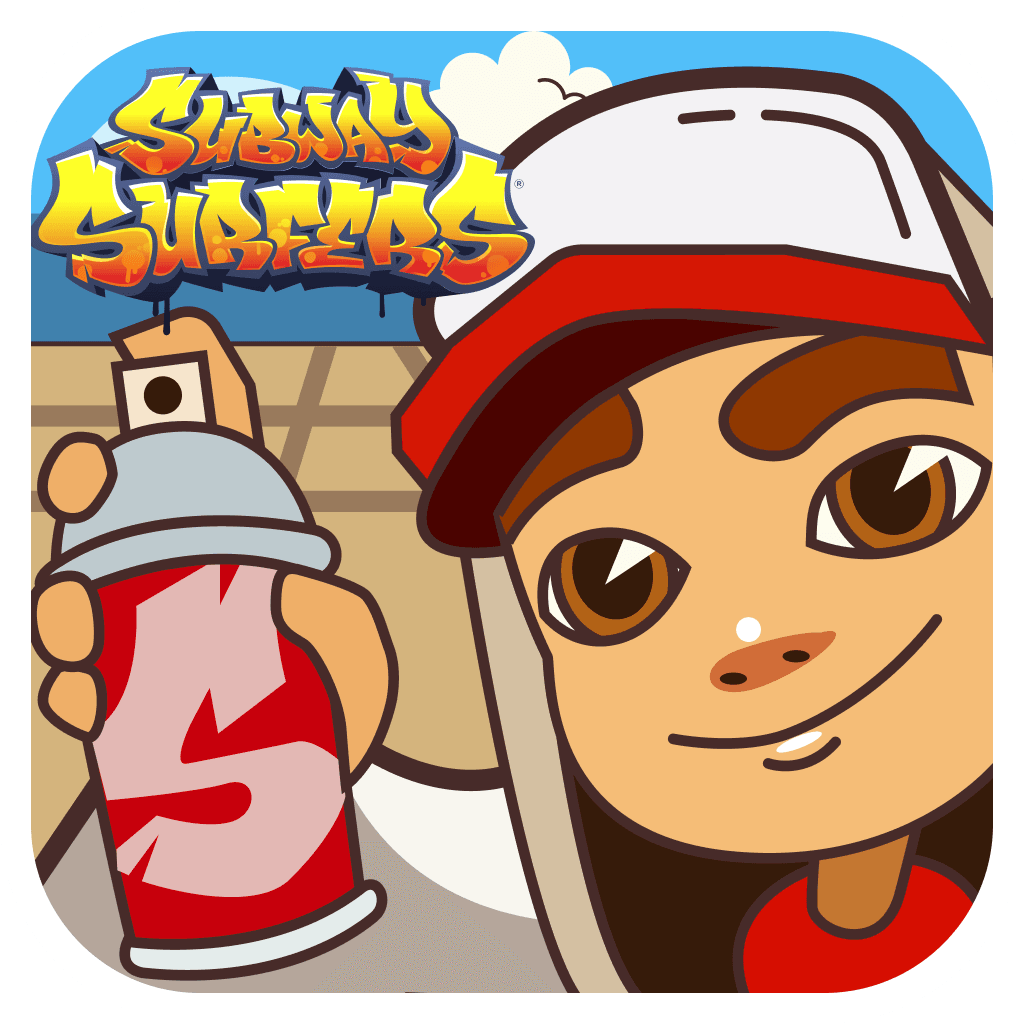

Learning a new language can open up a world of opportunities, whether you’re planning to study abroad, travel for leisure, or pursue international career prospects. Let’s explore this topic in more detail with Subway Surfers below, as we delve into effective language learning strategies and essential phrases that can enhance your global adventures.
In today’s interconnected world, the ability to communicate across linguistic barriers has become increasingly valuable. For young people in school, college, university, and early career stages, as well as digital nomads, language skills can significantly expand horizons and create new opportunities. Learning a foreign language not only facilitates easier travel and cultural immersion but also enhances cognitive abilities, improves job prospects, and fosters a deeper understanding of diverse perspectives.
The good news is that language learning has never been more accessible. With the advent of technology and innovative learning methods, there are now numerous flexible, cost-effective, and easy-to-apply ways to learn languages. From free mobile apps to effective self-study techniques, the options are plentiful for those eager to embark on their linguistic journey.
Before we dive into language learning strategies, let’s explore 50 essential phrases that can prove invaluable when traveling abroad. These phrases cover basic greetings, common questions, and useful expressions that can help you navigate unfamiliar territories with greater ease and confidence.
1. Hello / Good morning / Good evening
2. Goodbye
3. Please
4. Thank you
5. You’re welcome
6. Yes / No
7. Excuse me
8. I’m sorry
9. How are you?
10. Nice to meet you
11. Where is the bathroom?
12. How much does this cost?
13. Can you help me?
14. I don’t understand
15. Do you speak English?
16. Can you speak more slowly, please?
17. What time is it?
18. Where is the nearest…?
19. I’m lost
20. Can you recommend a good restaurant?
21. One ticket to [destination], please
22. Where is the train/bus station?
23. What time does the [transport] leave/arrive?
24. I’d like to check in, please
25. Do you have any rooms available?
26. Can I have the bill, please?
27. Is there Wi-Fi here?
28. Can you call me a taxi?
29. Where can I exchange money?
30. Is this the right way to [destination]?
31. I need a doctor
32. Where is the nearest hospital?
33. I’m allergic to [allergen]
34. Can you call the police?
35. I’ve lost my passport
36. I need help
37. It’s an emergency
38. I don’t feel well
39. Can you write that down for me?
40. Is there a pharmacy nearby?
41. Cheers! (for toasting)
42. Enjoy your meal
43. It was delicious
44. Can I take a photo?
45. What do you recommend?
46. What’s your name?
47. Where are you from?
48. Do you have any vegetarian options?
49. Is this seat taken?
50. Have a nice day!
Learning these phrases in the language of your destination country can significantly enhance your travel experience, helping you connect with locals and navigate various situations with greater ease.
Read more: Daily Language Learning Habits That Actually Stick
Now that we’ve covered essential travel phrases, let’s explore some effective language learning strategies that cater to the needs of young people, students, and digital nomads. These methods focus on flexibility, cost-effectiveness, and ease of application, making language acquisition more accessible and enjoyable.
In the digital age, technology has revolutionized language learning, offering a plethora of tools and resources at our fingertips. Mobile apps, in particular, have become increasingly popular due to their convenience and interactive nature. Apps like Duolingo, Babbel, and Memrise offer gamified learning experiences that make language acquisition fun and engaging. These apps often use spaced repetition systems, which help users retain vocabulary and grammar more effectively.
Another technological tool that has gained traction is language exchange platforms. Websites and apps like Tandem and HelloTalk connect language learners worldwide, allowing them to practice with native speakers through text, voice, and video chat. This not only helps improve language skills but also fosters cultural exchange and global friendships.
For those who prefer a more structured approach, online language courses offered by platforms like Coursera, edX, and FutureLearn provide comprehensive lessons taught by experienced instructors. Many of these courses are free or offer affordable certificate options, making them accessible to learners on a budget.
While technology offers numerous resources, self-study methods remain crucial for language learning success. One effective technique is the creation of a personalized language learning environment. This involves surrounding yourself with the target language through various media, such as watching movies or TV shows with subtitles, listening to podcasts or music, and reading books or news articles in the language you’re learning.
The use of flashcards, both digital and physical, can significantly aid vocabulary retention. Apps like Anki use spaced repetition algorithms to optimize review schedules, ensuring that you focus on the words you find most challenging. Creating your own flashcards with context-rich sentences can further enhance your learning experience.
Another powerful self-study method is the “shadowing” technique. This involves listening to native speakers and repeating what they say in real-time, mimicking their pronunciation and intonation. This method can greatly improve listening comprehension and speaking fluency.
One of the biggest challenges in language learning is maintaining motivation over the long term. Setting clear, achievable goals can help keep you focused and motivated. Break down your language learning journey into smaller, manageable milestones, and celebrate your progress along the way.
Finding a language learning buddy or joining a community of learners can provide accountability and support. Online forums, social media groups, and local language meetups can connect you with fellow learners, offering opportunities to practice and share experiences.
Incorporating your language learning into daily routines can also help maintain consistency. This could involve listening to language podcasts during your commute, practicing vocabulary while waiting in line, or setting aside dedicated study time each day, even if it’s just for 15-30 minutes.
Read more: How to Measure Your Progress in Language Learning
With the abundance of language learning resources available, it can be overwhelming to choose the right tools and methods. Let’s compare some popular language learning apps and approaches to help you find the best fit for your learning style and goals.
Duolingo and Babbel are two of the most popular language learning apps, each with its unique approach. Duolingo focuses on gamification, offering bite-sized lessons and a reward system that keeps users engaged. It’s entirely free, making it an attractive option for budget-conscious learners. However, its approach can sometimes feel disconnected from real-world language use.
Babbel, on the other hand, offers a more structured curriculum designed by language experts. It focuses on practical conversation skills and provides explanations for grammar concepts. While it requires a subscription, many users find its approach more comprehensive and better suited for serious language learners.
For those seeking a more personalized learning experience, iTalki connects learners with native-speaking tutors for one-on-one lessons. This platform allows for customized learning plans and real-time conversation practice. While it can be more expensive than self-study methods, the human interaction and personalized feedback can significantly accelerate learning.
Rosetta Stone, a long-standing name in language learning, uses immersion technology to teach languages without relying on translations.